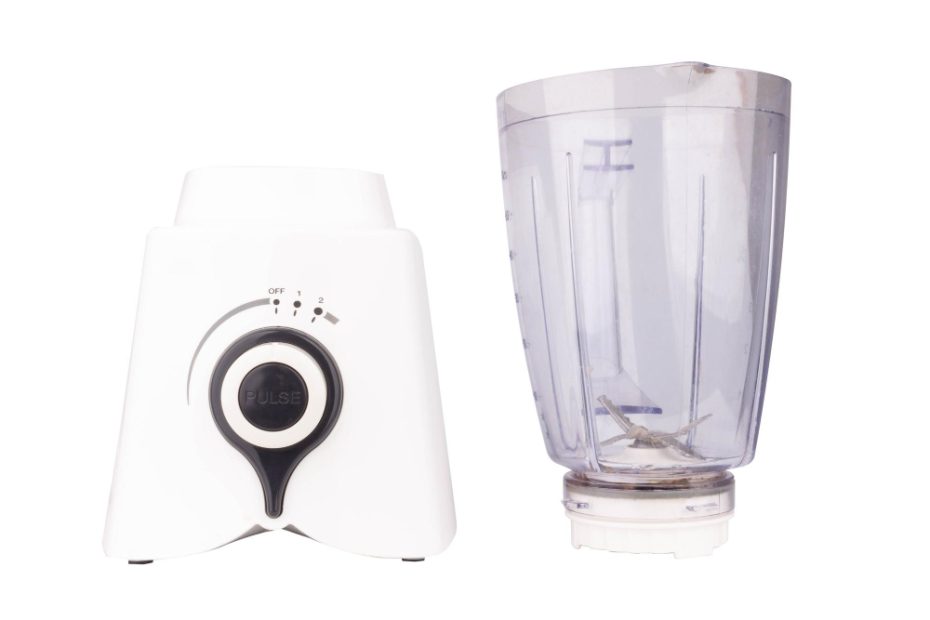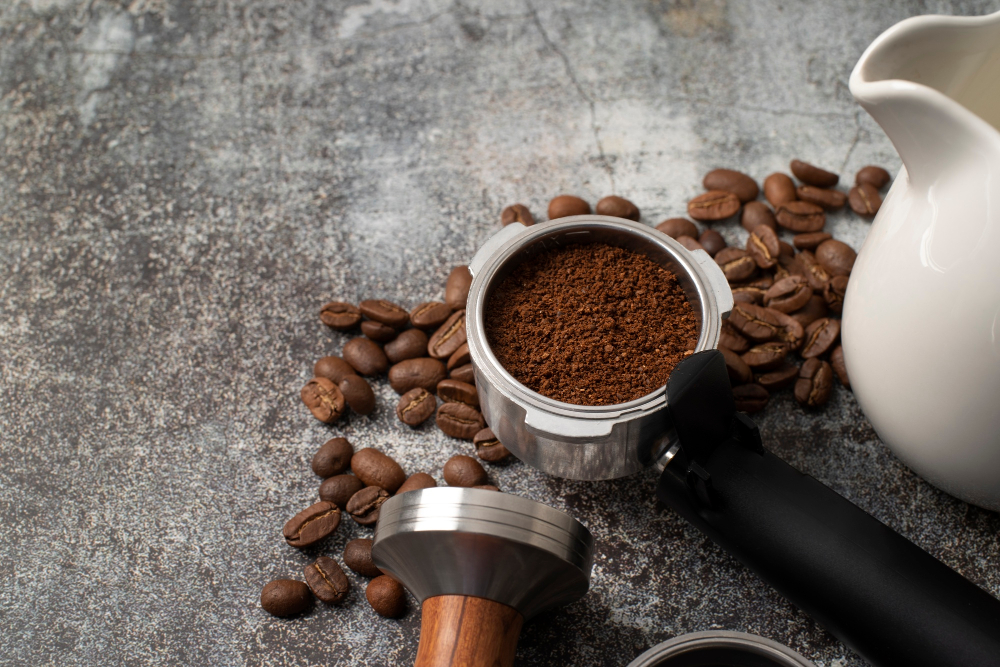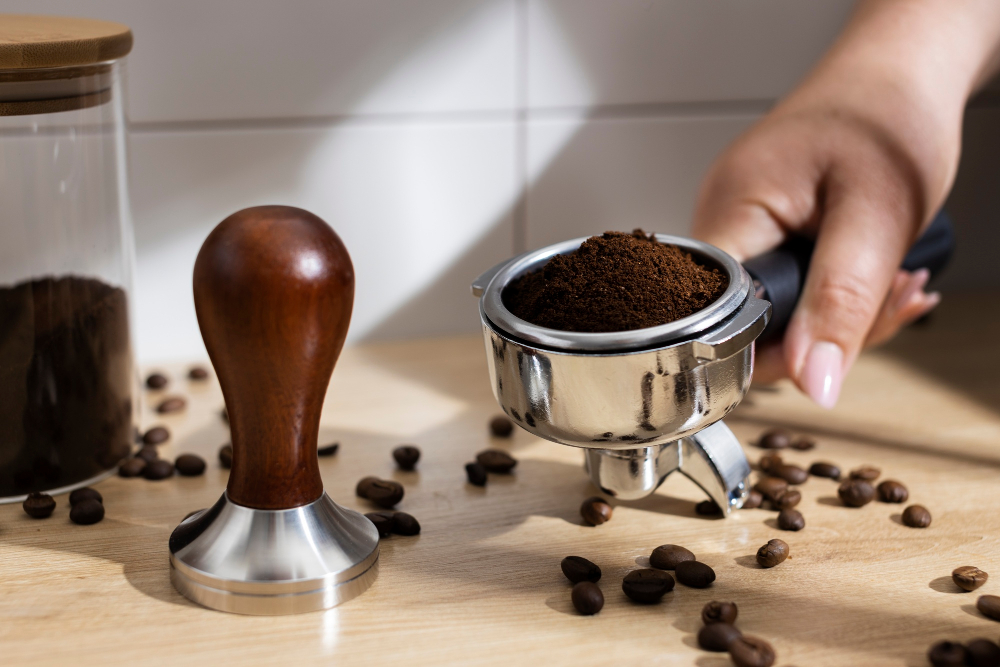Many coffee aficionados swear by freshly ground coffee to achieve the best brew. While a coffee grinder might be the preferred equipment, not everyone has one. For those without a dedicated grinder, a common kitchen tool – the blender – can be the saviour. This guide, tailored for a UK audience, will delve into how to grind coffee beans using a blender effectively.
Why Grind Coffee Beans?
Before diving into the method, it’s vital to understand the benefits of grinding coffee beans. Freshly ground beans offer a rich aroma and taste that pre-ground coffee often lacks. It’s about maximising freshness, as the essential oils in the beans, which contribute significantly to the flavour, start to evaporate once they’re ground.
The Basics of Grinding Coffee in a Blender
Selecting Your Coffee Beans
When it comes to selecting beans, UK coffee enthusiasts often opt for Arabica beans, but Robusta and Liberica beans are also popular choices. Your selection should align with your preferred taste.
Blender Setting
If your blender has multiple settings, select the “grind” or “pulse” option. If not, the standard setting should suffice, but be cautious of over-blending.
Remember, grinding coffee beans is an art. It’s all about achieving the perfect consistency for your brewing method.
Steps to Grinding Coffee Beans with a Blender
- Measure out the desired amount of coffee beans. Typically, a standard cup requires 15g of coffee.
- Ensure the blender is clean and dry.
- Place the coffee beans in the blender, ensuring not to fill more than half of it to allow for effective grinding.
- Pulse the blender a few times, then inspect the consistency. Repeat as necessary until desired coarseness is achieved.
- Transfer the freshly ground coffee to an airtight container for storage or use immediately.
Grinding Consistency and Brewing Method
Different Coarseness for Different Brews
The consistency of your grind greatly impacts the taste of your coffee. The grind size should complement your brewing method. Below is a guide tailored for the UK coffee lover:
| Brewing Method | Recommended Grind Size |
|---|---|
| Espresso (popular in UK coffee shops) | Fine |
| French Press (or Cafetière) | Coarse |
| AeroPress | Medium to Fine |
| Drip Coffee Maker | Medium |
Adjusting Grind Size with a Blender
The trick to achieving different grind sizes in a blender is monitoring and pulse duration. For a coarser grind, pulse just a few times. For a finer grind, blend for longer. Experimentation is key to perfection.
Tips for Grinding Coffee in a Blender
- Always start with small batches to avoid straining your blender.
- Shake the blender occasionally to ensure an even grind.
- Regularly clean your blender to avoid coffee residue and potential mixing of flavours.
- Store any leftover ground coffee in an airtight container to retain freshness.
Conclusion
Grinding coffee beans in a blender can be a convenient and efficient alternative for those without a dedicated coffee grinder. With the right technique and a bit of practice, you can achieve a brew that rivals that of your favourite UK coffee shop. So, the next time you’re in the mood for a fresh cuppa, don’t hesitate to use your blender and enjoy the rich aroma and taste of freshly ground coffee beans.

A professional burr grinder with a 120 g coffee beans capacity. It features cup selector and separate grind selector dials, along with a transparent bean container and top lid. Additionally, it has a transparent and removable powder container.



